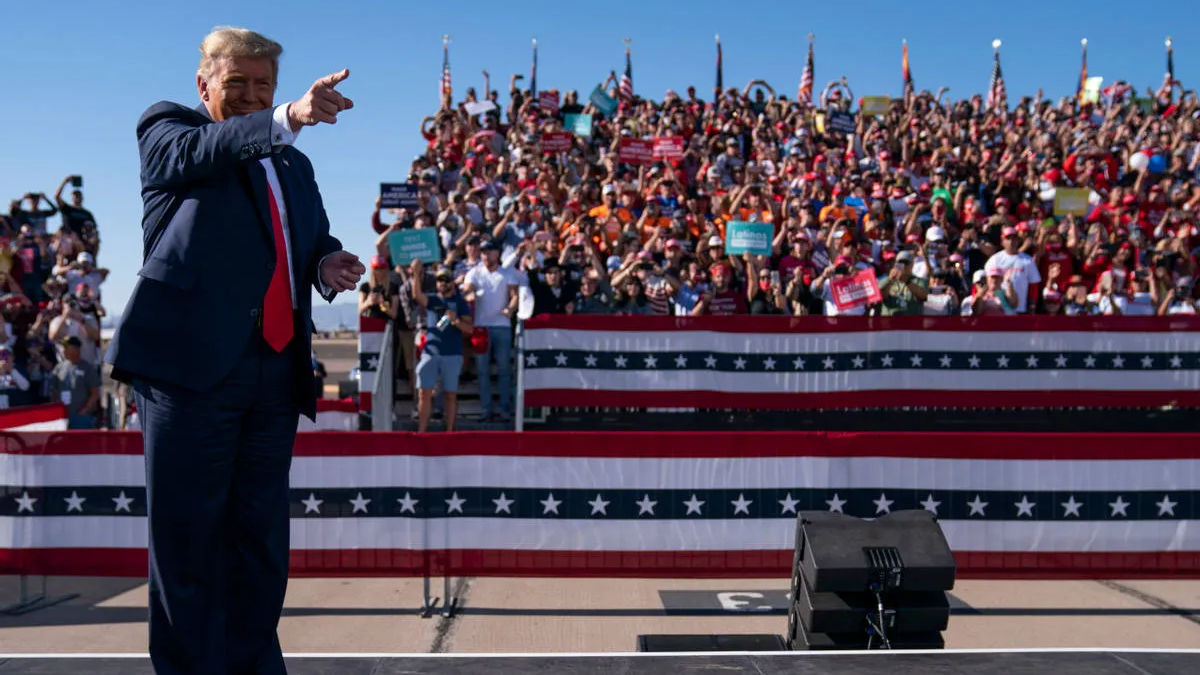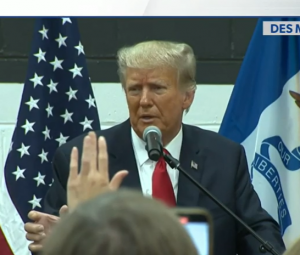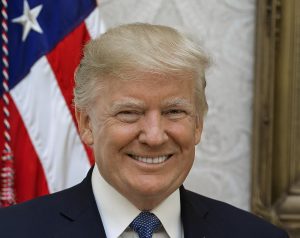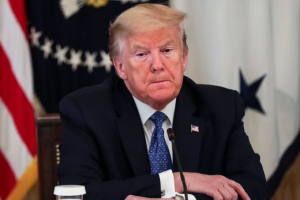The US has done poorly in its handling of the coronavirus
pandemic. The numbers prove it.
The country has emerged as the worst affected by the
pandemic, totalling upwards of 13 millions of cases since January when the first
case was detected, and losing 273,961 people to the virus till November 30.
The numbers are highest for any nation across the world and
they are steeply rising.
Also Read | Of clowns, change and stealing: Top five quotes in the US from 2020
There are a few indicators which can be argued as the cause
behind this high toll—a large elderly population, a vulnerable healthcare
system, a federal approach to the pandemic where each state took upon itself to
deal with the virus as deemed fit, and above all an insouciant executive at the
helm of affairs, who for a long time downplayed the enormity of the virus
attack.
Here’s a timeline of how coronavirus pandemic unfolded in
the United States:
The beginning:
The first case in the US was detected in the month of
January, a month after China announced the virus breakout at a health facility
in its Wuhan district in December.
President Donald Trump declared a public health emergency on
January 31 and restricted incoming travel from China. The decision, though it came
within 10 days of first coronavirus case in the country, didn’t spare Trump from
the charge of playing down its severity, which he indeed did through several of
his comments made over the next few months, when he said “everything is under control”, or variations of same
claim.
Also Read | From US elections, anti-racism protests to Beirut blasts: Events that made headlines in 2020
In the wake of the ban on travellers from China, the now President-Elect Joe Biden too
criticized Trump for his “xenophobia”, for which Trump later called him out in all
his presidential debates.
Biden used the word in a tweet he posted the very
next day of Trump’s travel ban. His campaign denied that the charge was made
against travel restrictions.
Trump declared a ‘national emergency’ on March 13 as the
cases kept mounting in the country— the decision came two days after the WHO
declared the virus a pandemic.
With the decision came a suspension of air travel between
the US and 26 Schengen countries in the Europe, which later included UK and
Ireland. The White House advised against gathering of more than 10 people.
Over the next few months, states imposed minor or major restrictions
against out-of-home ventures, since Trump chose to give governors flexibility
to decide the course of action in a federal manner.
By the end of March, the country had crossed 100,000
cases across its 50 states.
The middle:
As the scientists grappled with the yet obscure nature of
the virus and devised ways to blunt its attack, speculations about this or that
medicine as cure for the coronavirus became rife. And the US fell for them.
Also Read | From Anthony Fauci to Lewis Hamilton, the top newsmakers of 2020
After a French scientist claimed that it can cure COVID-19,
Trump ordered large bulks of hydroxychloriquine—a standard medicine for
malaria, which has been in use for decades. The FDA issued an ‘Emergency Use Authorisation’
for the use of the medicine for COVID-19 patients in March.
The authorisation was withdrawn by the agency when it was
found that the rench scientist’s paper had design
flaws and the results were circulated even before peer review.
On April 11, the US became the country with highest
casualties to coronavirus with over 20,000 deaths, surpassing Italy.
By May, the US had bought over 50 million doses of
hydroxychloriquine from India.
On July 6, in a controversial decision, Trump announced that
the country is withdrawing from the WHO, and will stop funding the ace UN
health agency. He accused the agency of siding with China by holding the
information about the virus’s origin, and helping the Asian country in a cover
up of the breakout.
The recent months
In October a number of White House staffers were found
infected with coronavirus— which later included the President and the First Lady,
his wife, Melania Trump.
By this time the death toll in the country had risen to
200,000 and number of cases had crossed seven million.
Also Read | How coronavirus spread its arms from Wuhan to the world
In November with a backdrop of post-election tug of war
between Trump and Biden, in which Trump
accused Democrats of rigging the election, the country was presented with a
glimmer of hope in the announcement of successful vaccine trials by two companies.
Moderna and Pfizer, along with BioNTech, announced 90%-95%
success rate for their respective vaccines in the middle of November. Moderna on November 30 applied for an ‘Emergency Use Authorisation’ for its vaccine with the FDA and European agencies.
Now
Vaccines are no silver bullets for those who have already
contracted the virus. And as the country emerges from heavy Thanksgiving
traffic across states, its top epidemiologist Anthony Fauci has warned that the
coming weeks may see a surge in coronavirus cases.
United States battle with COVID-19 is likely to continue for
many more months in the next year.







